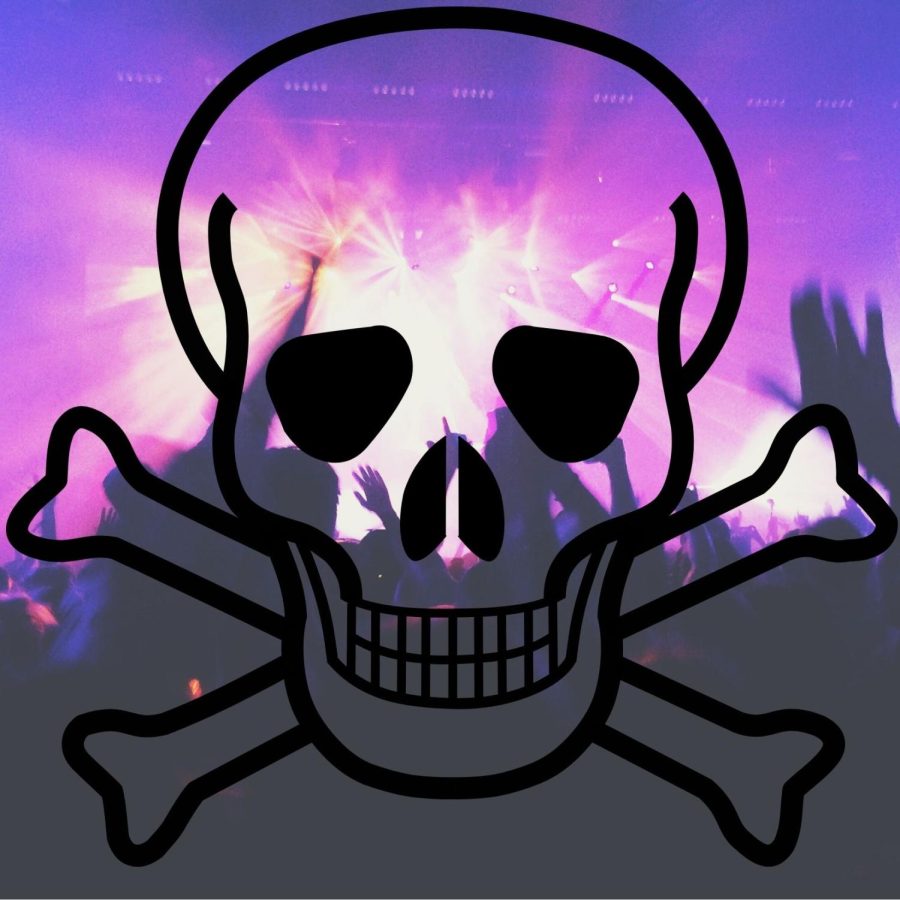OP-ED: The Future of Festivals
December 22, 2021
On November 4-6, world-renowned rap artist, Travis Scott, held his annual AstroWorld concert which he has put on in 2018, 2019, and this year. This year, the first after COVID lockdowns, was a display for the pent up demand for concerts, and crowds. Groups of hundreds began lining up on festival grounds, waiting for artists such as Roddy Rich, Lil Baby, SZA, and of course, Travis Scott. Scott came on stage at approximately 9 pm, after a day of artists performing throughout the festival grounds. A countdown was projected onto Scott’s stage, causing the masses to rush as close as possible to the stage. Soon after, terror ensued. Ten people died and hundreds were injured from being crushed by the stampede of the crowd. Teens, adults, and a 9 year old boy were killed because of Scott’s negligence and reluctance to stop his performance for the safety of his fans.
In order to understand the tragedy of Astroworld, we must examine music festivals as a whole. There is an inherent problem with them. We joke about “mosh pits’ ‘ and the craziness of music festivals, but not until the death that came with this music festival have we begun to step back and realize the inhumanity of these festivals. Firstly, there are far too many people at most music festivals, and this was certainly true at Astroworld. Once you get hundreds, thousands of excited, young, and usually intoxicated people together, bad things are bound to happen. There are huge open fields, or lots, and scattered stages, allowing for people to freely move throughout the grounds in whichever way they please. Once close to the stage, the masses of people thicken as people rush to the stage. This is the second problem: there is no crowd control. Everyone wants to see the artists they paid money for, and a music festival ticket allows you to get as close to the stage as possible: it is simply a matter of who does first. When Travis Scott began a countdown for his performance, the race to get as close to his stage escalated. His performance went on for about an hour, starting at 9 pm, and ending around 10:10, with an ambulance entering into the crowd at approximately 9:30. The city officials had declared the event a mass casualty event 40 minutes before the concert was eventually stopped. Many questions are still unanswered. Scott claims that he was not aware of the extent of the situation until after the concert in a press conference. However, Scott was aware that crowd members had been passing out, and saw the masses and the trampling was occurring. The key issue is that Scott believed the concert energy seemed like, “a regular show,” (Insider). There is nothing regular about ten people dying and hundreds getting injured. Was the insanity of Astroworld normal for artists to see?
This speaks to another key issue: the divide between artist and fans. The artists are not the ones paying to be trampled and crushed in crowds. The artists are up on their stage, knowing they have the people at their mercy because of their fame– they don’t care if their fans are ok, because all they know is that they have their money and their support. These top 1% artists like Scott are blind to the reality of their own shows.
Although Scott offered to pay for the funerals of those who lost their lives at the concert, the families have all rejected his payments. They do not want Scott’s money or pity, especially when Scott has not even fully admitted his responsibility in their deaths.
There needs to be change with music festivals, and there needs to be a change in attitude of the artists. The idea of safety and control has been virtually lost at these music festivals like Coachella, The Governors Ball, and Rolling Loud. Just because there is excitement revolving around these festivals does not mean that the crowd, or the artist are exempt from morality and the rules.




